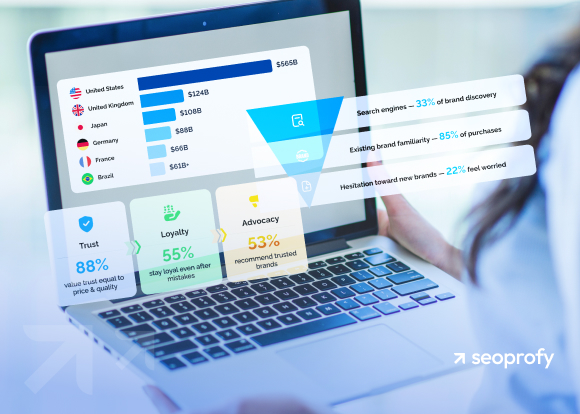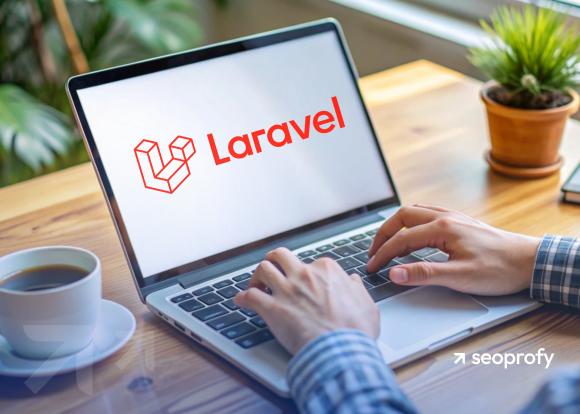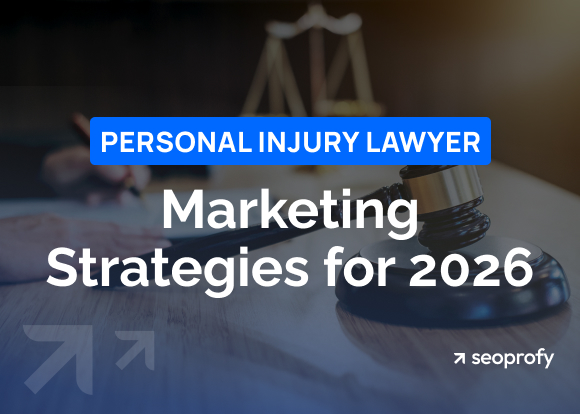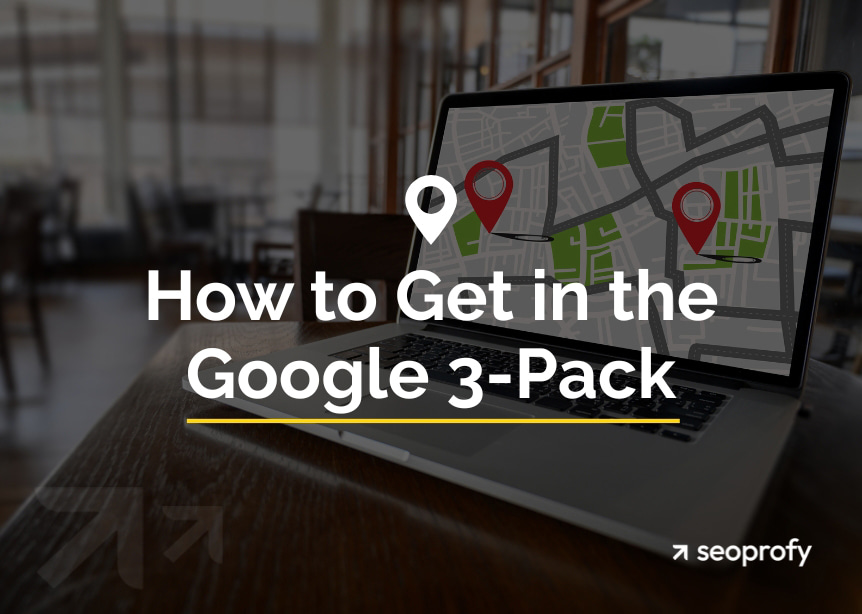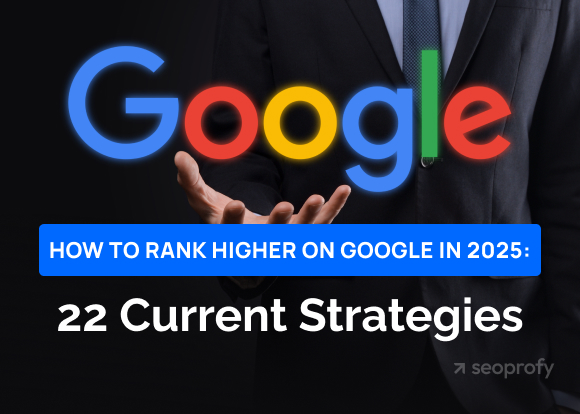SEO stands for search engine optimization. This phrase might sound like technical jargon, but today it’s more than merely that. It is the driving force behind web traffic, brand recognition, and increased sales. Hence, it is a pivotal element in the digital sphere that propels online success.
Why, you may ask? Its essence lies in improving the website’s visibility on Google, Bing, or other search engines via different practices. Ultimately, when users search for something related to what you can offer — products, services, or information — your web pages appear in their search results. And get clicked on by them. The higher your position in the SERPs, the more chance you have of being chosen by the users and converting them into customers.
Now the click of a button can wield more influence than a billboard on a bustling street corner. So, understanding the intricacies of search engine optimization (SEO) is not merely an advantage; it is the key to dominating the web space. Dive in as we give a full and clear definition of “What is SEO?” unraveling all the important concepts below.
Why Is SEO Important?
Globally, the SEO industry is predicted to reach a size of $129.6 billion by 2030. And the main reason behind this is that this marketing practice helps drive the prevalent amount of website traffic.
First and foremost, SEO is the conduit through which your target audience discovers you. When a user enters a query into a search engine and a list of results appears, here’s the catch—they’re more likely to click on the top ones. SEO optimization strategically places your website among these leading contenders, ensuring you’re in the spotlight when potential customers are searching for the products or services you offer.
However, optimization is also important to outshine rivals since the SERPs are highly competitive. Apart from the traditional organic results, they contain the following features:
- Knowledge panels (information boxes about people, organizations, places, or things)
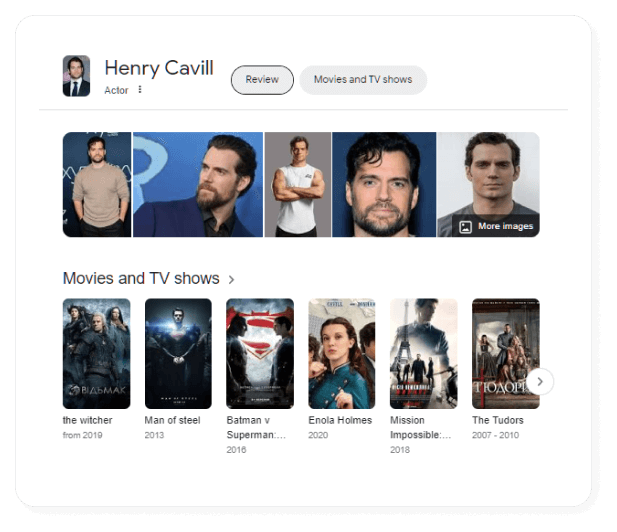
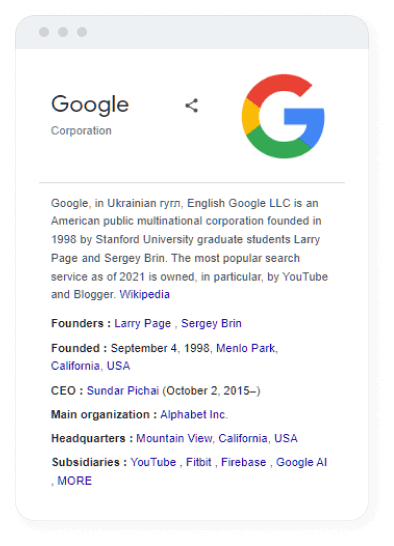
- Featured snippets (extraction of the content with the best answer for the search query; it can be lists, paragraphs, tables, images, or videos)
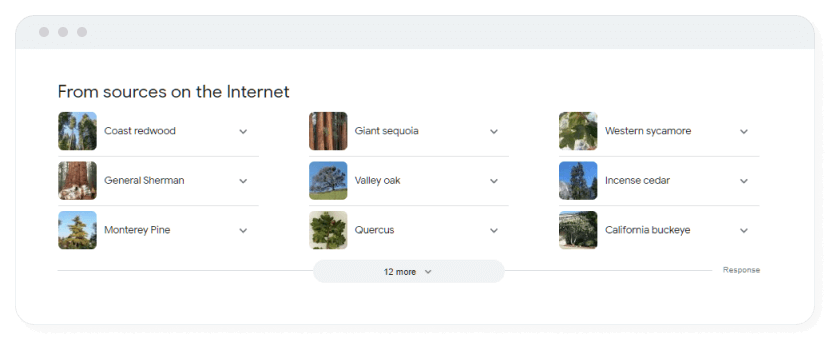
- Image pack (row of images that may appear in any position on the search results)

- Local (map) pack (top three local results with a map with locations and pins)
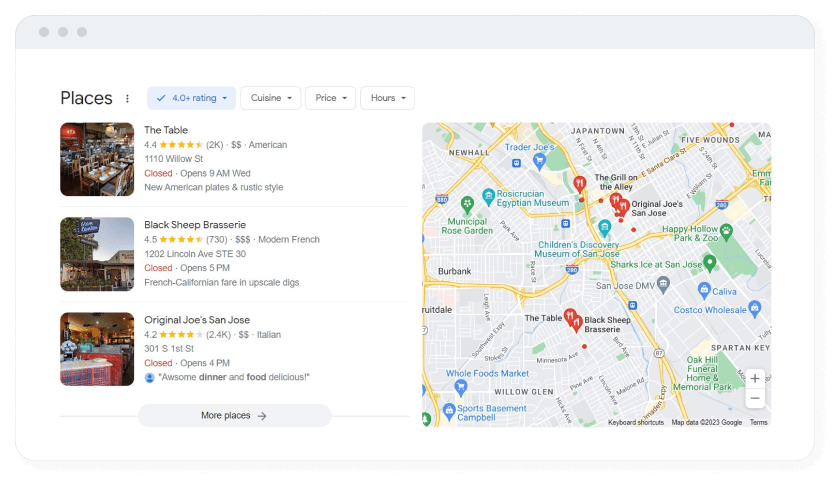
- People Also Ask (additional questions related to the original query with brief answers to them)
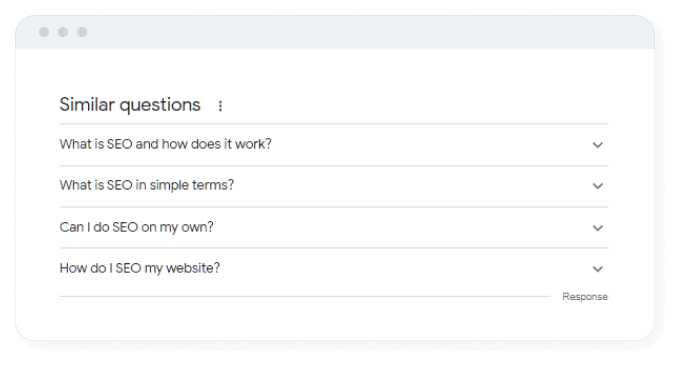
- Top stories (latest news)
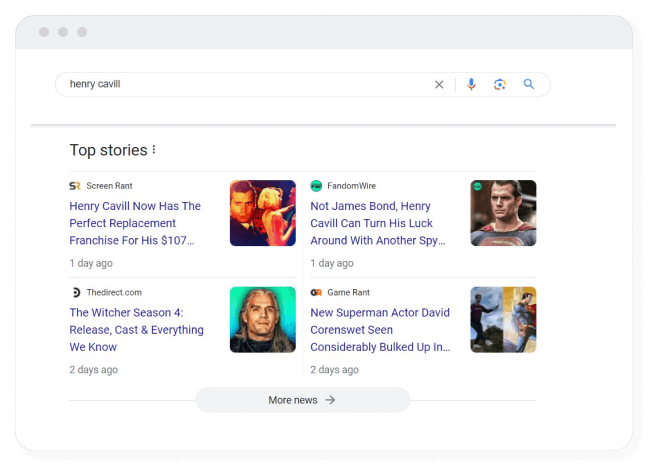
- Videos

- Shopping results or PLAs (ads for relevant products from paid advertisers)
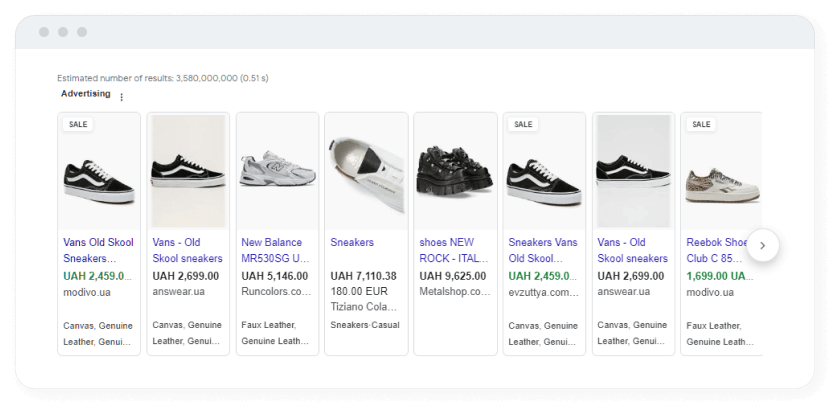
More so, SEO is all about bringing in sustainable organic traffic. It won’t run down like traffic from ended paid ads. Furthermore, through elevated rankings, you signal trustworthiness to users. These are key elements contributing to your online business’s success.
How Do Search Engines Work?
If you want to promote your business in the search results, the first thing to understand is how search engines discover web pages and actually operate. With a worldwide market share of 83.49%, Google is so far regarded as the most popular among all engines. So, we’ll take a look at its three fundamental stages of search:
- Crawling: It uses crawlers (spiders, bots, or, in simple terms, computer programs) to find the pages on the web. However, they start with already-known ones and follow links on them. Therefore, a particular web page should have at least one external link for it to be discovered.
- Indexing: Bots systematically explore discovered websites, analyzing content and metadata to populate the search engine’s “index.” It’s a vast database where all of this information is then stored.
- Delivering the Result: When a user searches, the search engine algorithms retrieve and rank the indexed data. The ranking process is based on various signals to best satisfy the query, including user intent, quality, relevance, usability, and more.
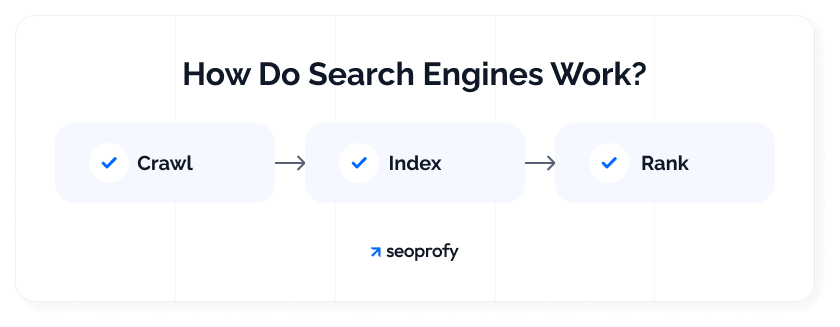
To sum it up: the most important job is to help the search engine discover and index the needed pages. And don’t let them crawl those you don’t want them to (e.g., a shopping cart, a login/signup form, a search page, filters). Keep in mind that it’s pretty normal not to index everything on a website.
How Does SEO Work?
Undeniably, understanding the technical aspect is important, but it’s only half the battle. Another considerable part is to build a game plan, put it into action, keep what you’ve gained, and advance. That’s why the next thing is grasping the SEO process itself in detail. Let’s talk about the important steps that can help you win your SEO game and reach the top.
Conducting Research
In-depth, thorough research is integral to search engine optimization. That’s where everything begins, and that’s how you form the bedrock of your strategy. During the research phase, take a look at the following points:
- Company and brand: Take time to think about your business goals and how SEO can fulfill them. Delve deep into the essence of your brand and clearly outline your values, offerings, and USP (unique selling propositions).
- Audience: Learn who your target audience and market are. Have a look not just at demographics. Identify pain points, preferences, and potential concerns that you may address.
- Competition: Breaking through the noise means perfectly knowing your competitors. Analyze their strategies, determining their strengths and weaknesses. Explore their approach to content.
- Website State: Perform a detailed audit to evaluate the technical aspects, backlinks, content, and E-E-A-T factors. It allows for locating potential issues hurting SEO performance and areas for improvement.
- SEO Keywords: Do keyword research to scrutinize relevant keyphrases to include in your content. Pick those that align with your users’ search behaviors and comprehend the demand and competition to rank for these search terms.
- Search Intent: Unveil the main purpose of users’ queries to target your audience better and stay relevant in the eyes of search engines. Pay attention to four types of search intent: navigational (something specific, e.g., “SeoProfy contact” or “SeoProfy headquarters”), informational (searching for information, e.g., “How does SEO work?”), commercial (learning details to make a purchase decision, e.g., “Best SEO companies”), and transactional (objective is to buy, e.g., “hire an SEO expert” or “buy SEO tools”).
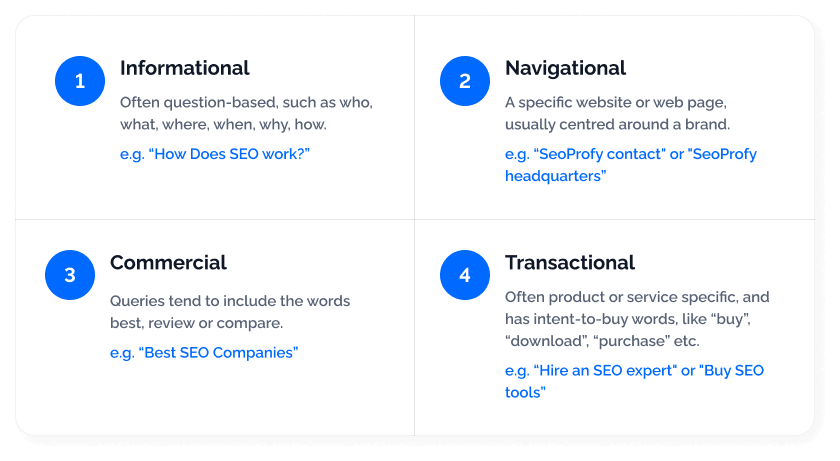
After an exhaustive, meticulous exploration of these dimensions, you’ll lay a sturdy foundation. See this step as a compass, steering your SEO efforts in the right direction.
Comprehensive Planning
Comprehensive planning of your SEO strategy stands as the architect, blueprinting your path. These are certain things that your plan may contain:
- Goals and KPIs: Establish smart and measurable objectives and expectations that are in line with your overarching business goals. Define KPIs (key performance indicators)—metrics that gauge progress—to track and evaluate the impact of SEO initiatives.
- Budget Allocation: Carefully distribute funds by considering the scope of your project, the competitiveness of your industry, and the desired results.
- Tools: Figure out a suite of specialized SEO tools for analytics, keyword research, rank tracking, performance measurement, etc.
- Staff: Assemble, equip with knowledge, and structure your SEO team.
- Project Implementation: Strategically outline how the project will be executed—whether through internal teams only, external agencies, or a blended approach.
Weaving together these threads, you’ll chart a clear roadmap. It’ll serve as your trajectory toward the pinnacle of digital prominence. While some tactics or details may alter, keeping your set destination unchanged is crucial.
Devising and Deploying
All the necessary preparations are done, and the nitty-gritty details are considered. And you have a well-developed blueprint in hand. It’s the perfect moment to confidently commence the process of breathing life into your SEO strategy.
First, set the plan for new content creation that will include different types of it: articles, blog posts, reviews, infographics, and other formats that’ll resonate with your audience. The next step is to ensure relevance because Google highly values relevant results. Here’s what you can do:
- Develop content in a way to satisfy the search intent
- Insert keywords throughout it naturally and avoid stuffing to help search engines figure out your page’s topic correctly
- Use geo-targeted keywords if your company has a physical location or you target a specific locale
- Pick the content type appropriate for the search query (check the search engine results pulled out for it and compare)
- Keep time-sensitive info regularly updated
At the same time, take note of the old content. If it’s outdated, there’s a great chance it has lost its value and influence. Thus, it no longer complements your SEO efforts. It’s necessary to declutter your website by removing such obsolete or irrelevant pieces.
Furthermore, look at the existing pages overall and evaluate whether they need any further changes or improvements. These can range from refining meta tags and descriptions to optimizing images and adding internal links.
Monitoring and Maintaining Performance
Search engines constantly evolve and change. What worked well yesterday can turn into a useless or even harmful thing today. It means that you need to keep a pulse on all the shifts and how your SEO strategy is doing with them. Tracking the performance regularly and making timely alterations will let you save the results gained and move forward with confidence in your actions.
What are the critical points to monitor? Actually, anything that may deter visitors from your website or, worse, cause Google to take action. It can be the slow page speed, issues with responsiveness, or falling out of the index. Sudden traffic drops and broken links will also do nothing good, so check these, too.
Measuring and Improving
What follows is a continuous cycle of analysis, assessment, and enhancement. These three things work in synergy: when you analyze your search engine optimization outcomes, you can evaluate their effectiveness and see the spots that can be done even better.
The first meaningful aspect is using dedicated SEO tools and platforms. To begin with, you can gather performance data with free tools like GSC (Google Search Console) or Google Analytics. For more advanced measurements, you can resort to all-in-one platforms with a set of tools designed to check different areas—for instance, Ahrefs, Similarweb, Moz, Semrush, or Command Control (our in-house developed tool).
The second one is interpreting and summarizing all the details in reports. Do this regularly (set your own intervals, such as monthly, quarterly, or within custom periods). And compare current results with past performance. It’s a surefire way to uncover patterns and pinpoint areas requiring your attention.
What Is the Difference Between SEO, SEM, and PPC?
There’s a bit more to digital marketing than organic traffic driven by SEO optimization. Perhaps, besides that, you’ve also heard of SEM and PPC. These terms often intertwine, yet each holds a unique role.
Aren’t quite sure what the difference is? Keep reading, as we’ll cover the case below.
SEO and SEM
SEM is an acronym for search engine marketing. In the realm of digital marketing, it’s separated and more commonly known as just search marketing.
If put simply, you can see this term as general. That’s because SEM encompasses a broad scope of approaches to getting traffic from search engines. It includes both organic strategies (i.e., SEO) and paid advertising (i.e., PPC). That is, neither SEO nor PPC can be used interchangeably with SEM; the thing is that they are just meaningful halves of it.
SEO and PPC
PPC (or pay-per-click) is another subset of SEM. The difference with SEO, in simple terms, is that this one stands as a paid promotion channel on search engines. Now, we’ll go into the specifics.
The PPC strategy implies that the advertiser bids on particular keywords. When a user enters one of them into the search box, the advertiser’s ads are displayed on search engines above the organic search results. And a fee is charged each time the ad is clicked.
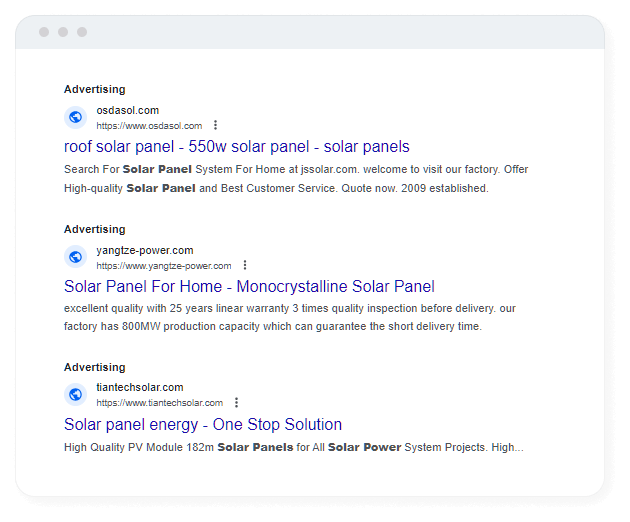
Here’s a brief comparison of PPC and SEO so you can get a more clear picture of their differences:
| PPC | SEO |
| Delivers instant gains and offers immediate visibility. | A long-term approach; the outcome timeframe depends on different factors (niche, website’s state, market competitiveness, algorithm changes, etc.). |
| Requires a considerable budget to begin gaining traffic. | Provides an unpaid source of traffic. |
| When the advertisement budget is fully depleted, the traffic ends. | Traffic is sustainable; it isn’t impacted by advertising costs or anything. |
Nevertheless, while PPC and SEO entail completely distinct strategies, the best decision is to use them both. They are complementary, meaning a particular option can’t be considered better. Implementing both of these parts of SEM into your promotion strategy can bring you much more.
3 Main Types of SEO
Understanding SEO deeper implies clearly separating its three main types:
- On-page (improving content for users and optimizing it for search engines)
- Off-page (implementing techniques outside a website that’ll contribute to building its authority, trustworthiness, and recognition)
- Technical SEO (dealing with the technical side of the website to ensure its correct performance for users and friendliness to search engines)
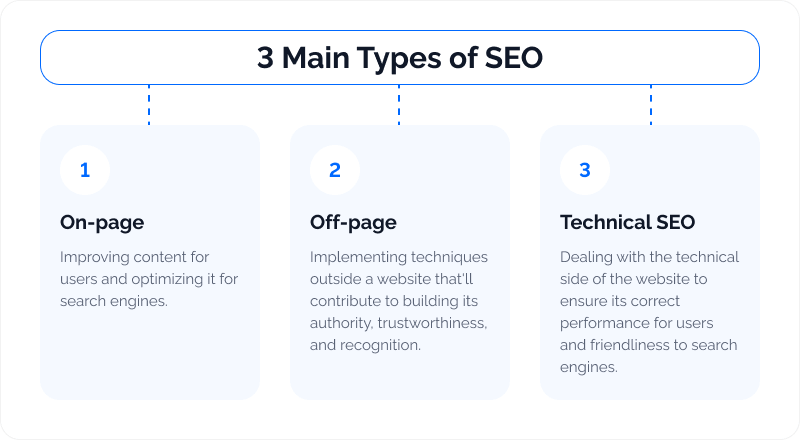
Navigating the intricate landscape of search engine optimization involves mastering these three distinct yet interconnected realms. While you can be fully in charge of technical and on-page SEO, you can’t control off-page activities 100%. However, each of these things plays a pivotal role in the end result of your strategy. So, let’s sort it all out.
On-Page
The explanation of this type is as simple as that: it’s all about content production. The primary rule is to create it with the goal in mind that it should be great both for users and search engines. That way, you can keep your audience engaged while moving up in the search results.
How to make sure your content contributes to an excellent user experience? There are some essential criteria for it to meet:
- Enriched with keywords searchers used to locate it (but don’t overdo with that, as stuffing may lead to penalties)
- Written on relevant subjects that are perfectly covered to demonstrate your expertise
- Proofread attentively and thus free of any mistakes and errors
- Unique and properly filled with diverse multimedia to elevate the engagement
- Fresh and updated
- Well-structured so that it’s easy for the reader to digest (has several subheadings, bulleted/numbered lists, paragraph length is neither too short nor too long, key concepts are bold/italic)
And to polish your content for search engines, pay attention to some small yet important elements. Check the availability of header tags (H1-H6) and add alt texts to images. Then, fine-tune meta tags (both meta title and meta description) to improve the CTR (click-through rate) of your web pages.
Off-Page
While on-page activities revolve around your website, off-page practices extend beyond it. Here, the focus is on external factors that influence your online presence in a broad sense: boost your rankings, enhance brand awareness, and bolster business credibility.
The cornerstone of off-page search engine optimization is building backlinks. These are the links from other sites pointing back to yours. The golden rule of effective link building is to prioritize quality over quantity. However, the more quality backlinks your website has, the stronger and more influential your link profile is.
When it comes to off-page SEO work, meaning getting valuable backlinks, there are several techniques to employ:
- Guest posting/guest blogging (writing and publishing an article on another person’s or company’s site)
- Content marketing (producing diverse types of valuable content that will be considered worth linking to)
- PR campaigns (building meaningful public relationships and gaining editorial links)
- SMM (sharing helpful, relevant content, developing social media engagement, and establishing influencer partnerships)
- Reputation management (monitoring your ratings, promoting users to leave reviews, tracking them, and promptly responding to them)
- Listing management (supervising and updating information on different directories, review sites, or other places where your business can be potentially mentioned and located by searchers)
Remain diverse in your approach to developing the link profile. External links will serve as your valuable “assets,” which Google will definitely reward. But the benefits aren’t limited to improved traffic, customer loyalty, and sales. Your business will get important wide dissemination, increasing the chances of being found anywhere people may potentially search for you.
Technical SEO
Technical SEO is the basis of all optimization. Provided it’s done right and regularly revised, it establishes a solid framework upon which on-page and off-page efforts can thrive.
What matters here first is to allow search engines to crawl, index, and simply understand your website. In other words, help them find it and gain access to your content effortlessly. There are many points to consider in this case, including these:
- Developing an SEO-friendly site structure/architecture (linking pages within your site effectively)
- Submitting your sitemap (an XML file with a list of important pages) to Google with GSC
- Smartly using “noindex” tags (for pages you don’t want to get indexed)
- Implementing proper canonicalization (if multiple pages on your site have similar content)
- Adding structured data (a.k.a., schema markup)
The second crucial thing? User experience, of course. Technical SEO aims to ensure that your website meets excellent usability standards. What to pay attention to?
- Page speed (providing swift load speed by compressing images, using CDN, and minifying the code)
- Mobile-friendliness (making your website pages compatible with different mobile devices)
- Security (using HTTPS, a secure version of HTTP)
These are Google SEO ranking factors, by the way. Other essential moments, like designing easy-to-follow navigation and avoiding intrusive interstitials, also make an impact.
What Are the Main Goals of SEO?
The endgame, the ultimate goal of all your search engine optimization endeavors, is gaining traffic. Quality, targeted, and solid traffic that is further successfully converted into leads and sales. Because irrelevant traffic makes no sense—you receive no leads, make no sales, and just waste your time.
Yet, your SEO game touches more than traffic from organic search results. While you keep your eyes on the main prize, many other different goals follow your optimization journey. And in combination, they bring significant value to your business.
Improving Rankings to Raise Recognition
How do you get traffic to your website? You consistently implement strong methods and techniques as part of your SEO strategy to climb to the top of the SERPs. And here, another goal comes up. The broadest one.
Higher search rankings for keywords related to your business translate to heightened visibility. It prompts increased brand recognition among users actively looking for products or information related to yours. Simply: you make people more aware of your company, and they will eventually develop a desire to buy from you.
Targeting the Right Keywords
More so, SEO goes beyond mere visibility. It aims to direct the right audience to your digital doorstep. This goal is achieved through detail-oriented keyword research and targeting the right keywords.
If users are at the top of the marketing funnel, you target informational search queries to answer their questions and help them become more familiar with your business. If they’re at the bottom, you move to transactional keywords and cover outright salesy topics.
Ultimately, selecting and optimizing for relevant keywords aligns your content with specific user intent. This way, your website surfaces in the SERPs for queries most pertinent to your offerings.
Delivering Value to the Searchers
Value reigns supreme, with no doubts. When users are already here, scrolling through your platform with curiosity, you want to keep them. And you do this by providing value throughout every piece of your content. That is, the next goal is to engage and satisfy visitors after attracting them to your online place.
Diverse SEO-driven content is the motive force when it comes to value. When you craft it with the user in mind, you address their questions, concerns, and desires. When you ensure the quality of your writing, expertise, and informativeness, you foster a positive user experience that encourages visitors to explore more of your website.
Establishing Authority
Now, let’s combine all that was said. Boosted online presence in search results, elevated awareness of your business, and value-rich, insightful content help you collect virtual votes of confidence. That’s how you reach the next meaningful goal—establishing and strengthening your online authority.
When your SEO practices place and maintain your website at the top of the SERPs, this signals to users that your brand is noteworthy and, thus, reputable in your industry. And great content does the rest of the job. It makes your website a trusted destination, convincing users of your expertise and solidifying your position as a go-to resource.
Driving Purchases
At its core, search engine optimization is a catalyst for conversions. You don’t just attract and keep visitors for nothing. You guide them along the entire path from interest to action. And this is another goal: point users toward purchasing and get them to take the final step.
The thing is that your SEO-optimized website strategically and seamlessly leads visitors through this journey. Initially, your content, highlighting your USP and properly filled with creative CTAs, along with a top-notch user experience, show them why you’re the best. Then, by addressing their needs and concerns at every step, you persuade them to choose you.
Growing Your Business Online
This is perhaps the most overarching goal. Everything you do during your SEO campaign matters, and it finally contributes to your business’s growth.
Yes, search engine optimization is a long-term game. And no matter whether you’re a small startup or an established enterprise. You expand your online footprint gradually, step by step, propelling your brand into the spotlight and drawing in potential customers.
Nevertheless, SEO is also an ongoing thing. That is, by maintaining your visibility and high engagement, you transform your website into a dynamic, revenue-generating asset. Your venture thrives day in and day out, not only paving the way toward a stable digital presence but also driving more profits and success.
How to Learn SEO?
Now you’re well-equipped with information on what search engine optimization actually is. You know how SEO works, its main types and primary goals, and the important steps to put your strategy into action. Still, SEO is endless, meaning there’s always something new to explore and room to improve.
Wondering where to discover more? There are many ways you can approach learning SEO intricacies. Basically, you can start with Google Search Central resources, including:
- Search Essentials (technical requirements for a web page to appear in the SERPs, spam policies, and the best techniques for improving rankings)
- Starter Guide (Google’s overview of SEO fundamentals)
- Search Rater Guidelines (about search quality rating)
Next, it’d be great to make a regular habit of reading authoritative industry resources like:
These renowned platforms provide up-to-date news and tutorials, expert insights, and comprehensive guides, empowering you with the latest trends and strategies.
Furthermore, you can extend your SEO knowledge with industry stalwarts such as the following:
- Ahrefs blog and Ahrefs TV
- Moz blog
- HubSpot blog
- YouTube channels of Nathan Gotch, Matt Diggity, and Brian Dean
Depending on which one you choose, there are different kinds of materials to become familiar with. Overall, their insights delve deep into not only the basics but also advanced techniques, case studies, and actionable tips.
Another thing that can contribute a lot to learning SEO and navigating it is attending different events, conferences, and meetups. When you participate in these, you get the opportunity to engage with experts and fellow enthusiasts. This fosters networking, knowledge exchange, and exposure to cutting-edge strategies.
After all, the best way to learn is through practice. So run your own projects. Launch websites or blogs on topics you’re truly interested in. Take the insights gained from experts, blogs, and resources, and put them into action. Experiment with on-page optimizations, link building strategies, and technical implementations to understand how theories translate to real-world impact.
SEO FAQ
What Does SEO Mean in Marketing?
SEO in marketing means the practice of improving a website to boost its visibility and rankings on search engines like Google. It’s a part of SEM (search marketing). But unlike PPC, this strategy is aimed at long-term results and delivers sustainable, unpaid traffic from organic search results. It can be divided into three major types: on-page, off-page, and technical optimization.
What Can SEO Do for Your Online Business?
Search engine optimization, in a digital marketing reality, is an invaluable tool. Implementing its techniques strategically makes your online business more visible to potential customers, provides a stream of targeted traffic, and helps you convert it into leads and sales. Ultimately, with a smart approach, performing SEO for a website brings a long-term benefit: it promotes your business’s growth and development.
How Long Does It Take for SEO to Work?
The timeline of SEO results depends on the competition, the current state of your website, and other aspects. The first outcomes for new sites can take four to five months, as search engines need time to index and evaluate changes. Regarding the old platform, the timeframe is at least three months. Noticeable improvements can be traced in nine months or a year.
Can I Do SEO by Myself?
With the right knowledge, tools, and dedication, you can optimize your website for search engines. However, it requires a significant time investment and ongoing effort.
If you’re a business owner, many other important things about running your venture need your attention. Therefore, the best solution is to partner with SeoProfy professionals to get a comprehensive strategy while maximizing gains and saving time.



